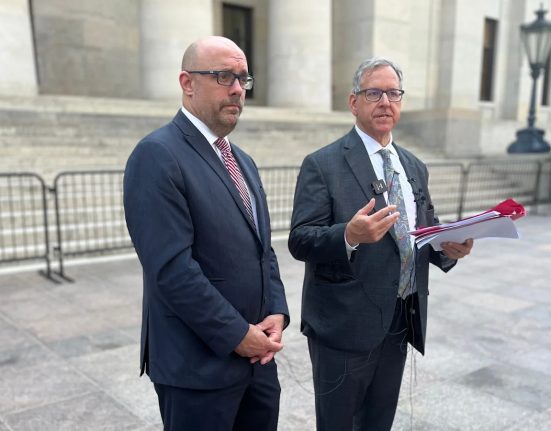Ohio Governor Mike DeWine and Ohio Department of Education and Workforce Director Stephen D. Dackin announced a $7.1 million investment to enhance career-connected learning and career planning statewide through the Career Pathway Support Networks Request for Applications.
This two-year funding strategy aims to better prepare Ohio students for in-demand careers with advising, mentoring, exposure to various professions, and expanded career-technical education.
“This is another way we’re building a brighter future for Ohio,” said Governor DeWine. “These networks will equip schools across the state with the tools and partnerships they need, while giving students opportunities to pursue careers in high-wage, in-demand jobs.”
Districts and schools, Career-Technical Planning Districts, and regional partners may apply for the funds, which will be distributed across Ohio’s seven JobsOhio regions using a formula that accounts for enrollment, service maintenance, and regional growth potential.
“It’s never too early to start learning about career pathways, and we’re creating the opportunity for more students to do just that through these networks,” said Lt. Governor Jim Tressel. “They’re also giving students the support they need to understand these pathways and learn how to navigate them — an invaluable investment in their future.”
Each Career Pathway Support Network will be guided by a regional steering committee and will focus on:
* Increasing access to and participation in middle grades (7-10) career-technical education.
* Ensuring all students receive high-quality career advising and mentoring.
* Leading regional planning for career-connected learning aligned to workforce demand.
* Building partnerships among education, business, and community leaders to support new career-technical education instructors and administrators.
“Ohio’s investment in career readiness goes beyond just preparing students for jobs; it’s about creating pathways to economic prosperity for families and strengthening communities,” said Director Dackin. “This work is built on partnerships, connecting students with real-world experiences, high-demand career paths, and strong relationships with employers. By doing so, we are making sure they graduate with the skills and training needed to succeed in today’s economy and lead in the future.”
The funding includes $3.1 million in Fiscal Year 2026 and $4 million in FY27, which will be distributed across Ohio’s seven JobsOhio regions using a formula that considers enrollment, regional growth potential, and the need to maintain essential services.
To support implementation, DEW has released the Effective Access Career-Technical Education Toolkit, a resource designed to help districts identify gaps in access and build or expand career-technical education programs. The toolkit includes regional data, program design strategies, and step-by-step implementation checklists. It also emphasizes the importance of building new — and strengthening existing — industry partnerships to identify, assess, and respond to local workforce needs.
The demand for career-technical education continues to grow in Ohio. More than 141,000 students participated in at least one career-technical education course during the 2023-2024 school year. To build on this momentum and ensure every student has access, the state is working to close participation gaps.
The RFA and toolkit are now available on DEW’s Career Pathway Support Networks webpage. Applications are due Sept. 17. Districts, CTPDs, and regional partners are encouraged to apply and use the toolkit to guide their planning.







